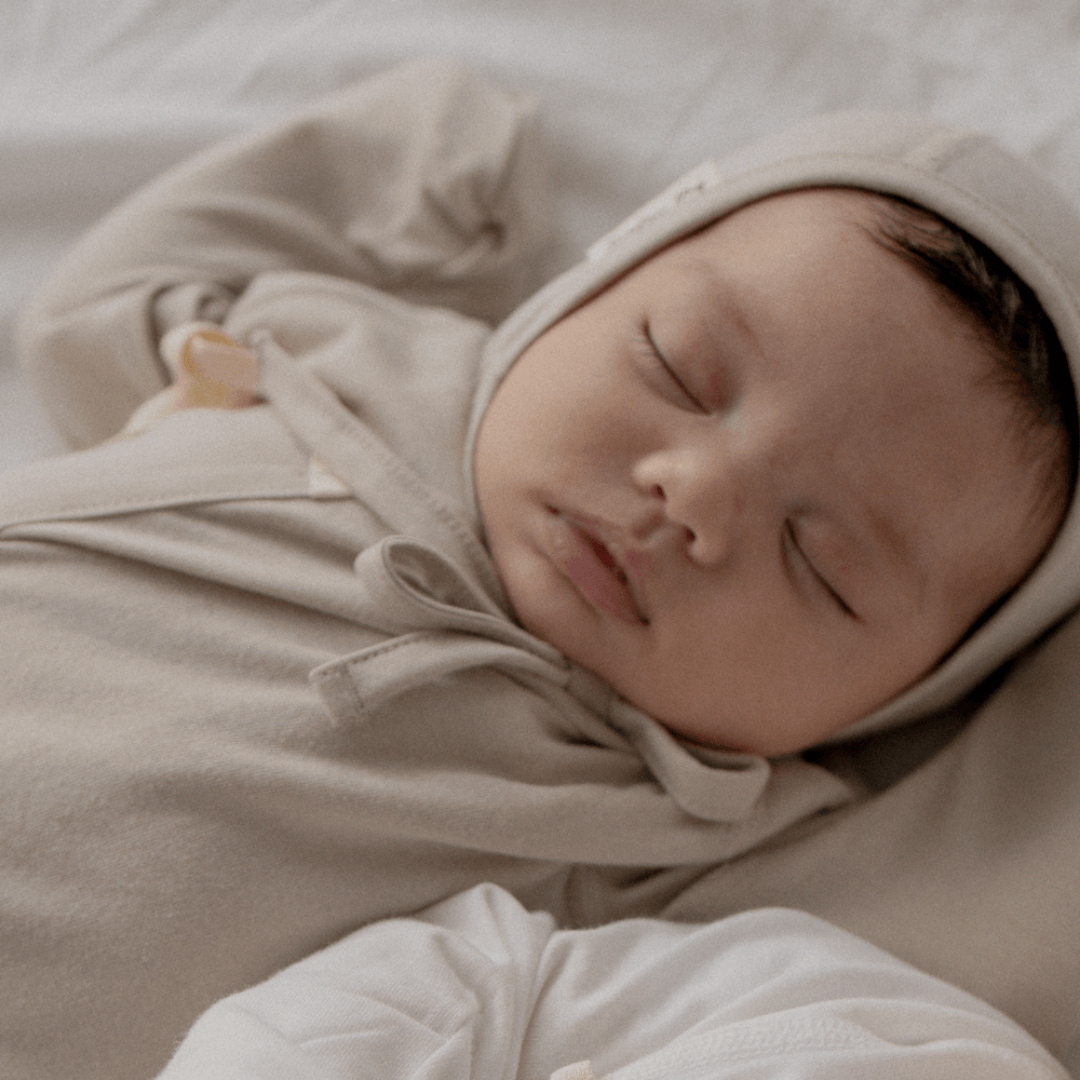
After they are 60 days old, our babies now move out of the newborn stage. What’s your baby's development like at 2 months old? Today, we are going to talk about baby care and the development of a two-month-old baby. We're going to share how your baby’s daily activities and routines might change.
1. The number of feedings is less than in the newborn period so there are changes in baby care schedule.
As the feeding interval becomes constant every 3-4 hours, the number of feedings decreases compared to in the newborn period. However, as the amount of food that the baby consumes at one time increases, the overall amount of breastfeeding you will do increases. During this time, if your child is feeding and falling asleep quickly within 2 to 3 minutes, wake them up gently to help them get enough milk.
Tip: Rapid growth may come at around 2-3 weeks, 6 weeks, or 3 months after birth. There might be a change in the baby’s duration or frequency of feedings, or a need for more breast milk. Since this is a period of rapid growth, if you are a breastfeeding mother, you can forget about the breastfeeding period for a while and simply focus on giving your baby enough milk, as you cannot overfeed a baby with breast milk from the breast. In the case that you are feeding your baby with from the bottle or with formula, it is advisable to follow the feeding periods, as formula or breastmilk from a bottle affects your baby’s hunger cues differently.
2. The baby's development at 2 months of age causes changes in their day and night routines.
If your baby was active during the newborn period without discriminating between day and night, from now on, they will gradually be able to distinguish between day and night. They will sleep more at night and stay awake longer during the day. It is good to encourage such a child to grow naturally. Help your child differentiate day and night by engaging in static play at night and active play during the day. Before starting sleep training, these concepts should be in place/ established.
Tip: Recording your child's feeding period, number of feedings, and the time from their falling asleep to waking up during the baby care journey will help you find your child's unique pattern.
3. Listen closely to your child's cry.
The cries that babies make are varied. The sounds of crying when they feel bad because their diaper is wet, crying because they are hungry, and crying when they are sleepy are all slightly different. Crying due to hunger can be accompanied by turning the head around or licking the lips. Crying due to pain is loud and irregular.
At this age, crying is the only means of communication for children. Of course, it is difficult to respond positively to a baby's cry when your body and mind are tired but listen to the baby's cry with a calm and bold attitude. If you can understand the difference between your baby’ different cries, baby care becomes a little easier.
4. Please do tummy time.
Tummy time helps your baby to stay in a prone position. Two-month-old babies spend a lot of time lying down. At this age, helping your baby lie on their stomach can greatly help the development of their large and small muscles. Place your baby on a safe, non-slip surface and place them in a prone position.
If you are concerned about the floor, you can use mom and dad's belly or knees. If this is a challenge, you can also use a trusted baby relaxer for Do not try to hold the baby in the position for too long at the beginning. Start with a short time and gradually increase the time as they get used to tummy time.
Author: Deok Hyun Jang
- Former Nursery School Director
- A veteran teacher who has been running a daycare center for 20 years.










